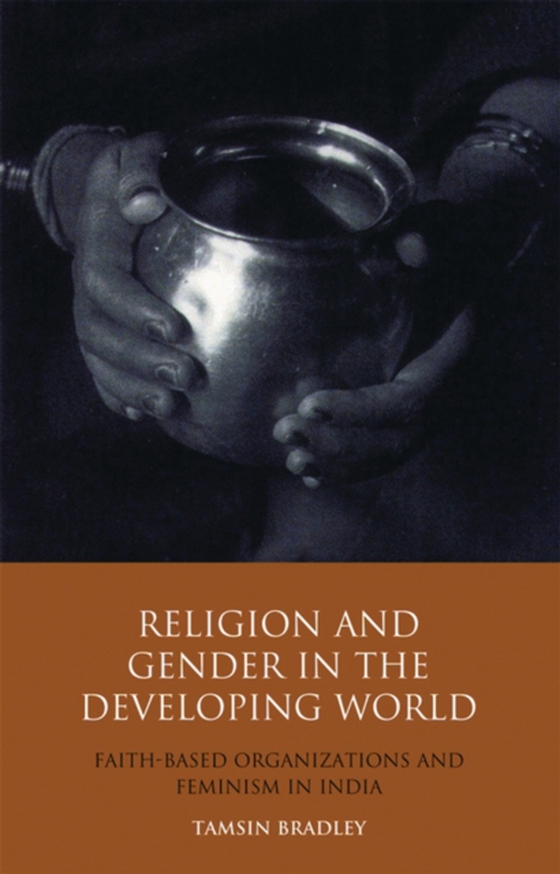
Religion and Gender in the Developing World e-bog
265,81 DKK
(inkl. moms 332,26 DKK)
Faith-based development organizations have become a central part of the lives of the women of rural Rajasthan, and have come to represent an important aspect of both individual and collective identities.And yet, religious teachings continue to be used to exclude women from public decision making forums and render them vulnerable to increasing levels of domestic violence In a unique, multi-disci...
E-bog
265,81 DKK
Forlag
I.B. Tauris
Udgivet
7 december 2010
Længde
272 sider
Genrer
1FKA
Sprog
English
Format
pdf
Beskyttelse
LCP
ISBN
9780857719188
Faith-based development organizations have become a central part of the lives of the women of rural Rajasthan, and have come to represent an important aspect of both individual and collective identities.And yet, religious teachings continue to be used to exclude women from public decision making forums and render them vulnerable to increasing levels of domestic violence In a unique, multi-disciplinary approach, combining a range of subjects, Tamsin Bradley provides a unique study of the role of development organizations and faith organizations in the lives of women in rural Rajasthan.Faith and religion emerge as being able to afford a space within which women are able to interact with one another and create an identity for themselves. However, faith proves not just to be a positive sphere in which women are able to assert themselves. Its ambiguity becomes clear as the author explains that religious women often find their visions of social justice and equality marginalised by the dominance of male leadership. Nevertheless, Bradley also look at how religious women challenge male dominance drawing on their beliefs and practices in creative and innovative ways. Thus a complex picture emerges, and including insights from gender studies and anthropology, Bradley argues that religion can both empower and disempower local communities, and the women who live within them.By analysing development through the prism of gender studies, Bradley highlights the complex nature of power relationships that are at the very heart of development agendas and organizations, and offers an invaluable contribution to the understanding of the nexus of varied disciplines in the analysis of women and religion in Rajasthan. This book will be of interest to students, reseachers and policy makers involved in various fields, including those of Development Studies, Religion, Gender Studies and Social Anthropology.
 Dansk
Dansk

